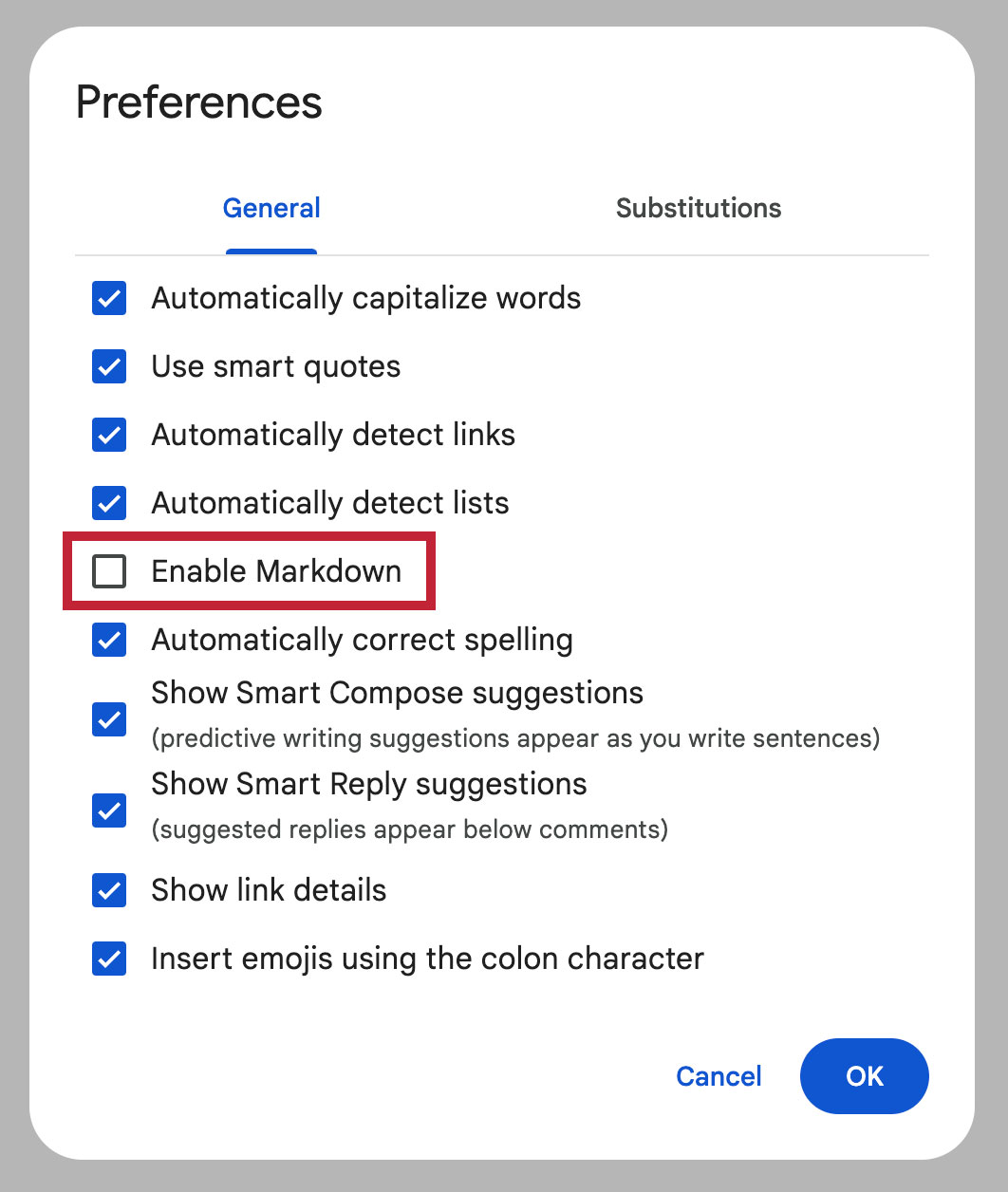If your business involves producing any kind of technical documentation in plain text, chances are good that you’ve been working with Markdown. This tool was invented in 2004 by John Gruber of Daring Fireball fame with Aaron Shwartz, a data activist.
Since then, technical writers have been using it to produce plain text documentation for things like end-user license agreements, software how-to guides, and other items that generally get packaged up with software.
While Google Docs has had some interoperability features with Markdown, it just rolled out a more fully featured integration which will allow Markdown users to do the following:
- Convert Markdown to Docs content on paste
- Copy Docs content as Markdown
- Export a Doc as Markdown
- Import Markdown as a Doc
Why you would want to use Google Docs with Markdown
Markdown has one job - making text files palatable for code-based deployment. However, writing in it natively is less fluid than doing so in Google Docs. In addition, it lacks all of the collaboration features which are available with Google Docs - being able to share and easily see comments being made, for example. For these reasons, it is much easier to produce the original document in Google Docs and then export it as Markdown.
The same holds true for editing older documents produced in Markdown - before this update, you would have to do edits in Markdown itself in order to retain Markdown formatting. Now, you can paste it into Google Docs, do the edits, get approvals, and then export it in Markdown format.
What this means for business users
Kevin Purdy of Ars Technica writes that “The best time to truly implement the Markdown markup language into Google Docs was in the early 2010s, but yesterday was a pretty good time, too.” This update will greatly improve the workflow of technical writers and allow for easier collaboration.
It will also allow technical writers to use Gemini for Workspace, Google’s AI tool, to produce and edit documentation, and then export it to the proper format in Markdown. This is huge for technical writers since this documentation is frequently repetitive and long - something that AI was purpose-built to help out with.
How can I enable it?
Admins need to do nothing, end users can go to Tools>Preferences>Enable Markdown to turn the feature on. Doing so will not change workflow for non-Markdown documents, it will just allow you to use the features if you want to.

If you haven’t yet experimented with Gemini for Google Workspace, and your business produces technical documentation, now is the time. While it carries an extra per user charge, you can choose to only pay for it for certain users in your organization (in this case, technical writers) and the productivity benefits you will gain are worth far more than the small per-user monthly charge.
Since technical documentation is often confidential, especially prior to release of a software product, you will want to read about the security benefits of Gemini for Google Workspace. In short, Google firewalls your data within your organization, and does not use your data to train its AI models in any way. This is not the case with ChatGPT or other AI solutions, which could be exposing your company data if your technical writers or other staff are using it. This security feature alone is worth the cost of using Google’s own AI tool.
Are you ready for Gemini? UpCurve Cloud can get you started! As one of Google’s Premier Partners, we have implemented Gemini for Google Workspace for a large number of our clients across different sectors. Bring your business into the future by signing up today.
Contact Us to Learn More about Transforming Your Business
